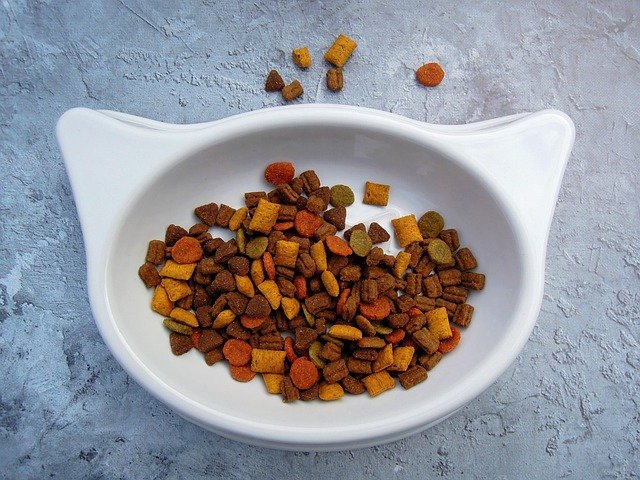Choosing Cat Food: Nutrition Tips for Healthy Cats
Cats are obligate carnivores, so the cat food you pick matters for energy, organ function, and long-term health. Good nutrition supports a shiny coat, strong muscles, and normal behavior. Understanding labels, ingredient quality, and how dry food compares to wet options helps you make choices that fit your cat’s life stage and health needs.

Cat food: What should be on the label?
When evaluating cat food, look for a clear ingredient list and a statement of nutritional adequacy. The first ingredients should be named animal proteins (chicken, turkey, salmon), not vague terms like “meat meal.” Ensure the package includes an AAFCO statement or equivalent regional standard indicating the formula meets nutrient profiles for life stages such as “growth” or “maintenance.” Also check guaranteed analysis for crude protein, fat, fiber, and moisture to compare products on a consistent basis. Avoid foods with excessive unnamed fillers and artificial colors.
Nutrition: Key nutrients cats need
Cats need high-quality protein, certain essential amino acids like taurine, and adequate fat for energy and fat-soluble vitamins. Unlike many pets, cats require preformed vitamin A and arachidonic acid from animal sources. Carbohydrates are not required in large amounts and excessive carbs can contribute to weight gain. Balance is crucial: too much protein can be hard on some diseased kidneys, while too little impairs overall health. Monitor calorie intake and body condition score rather than relying solely on portion recommendations.
This article is for informational purposes only and should not be considered medical advice. Please consult a qualified healthcare professional for personalized guidance and treatment.
Dry food: Pros and cons
Dry food is convenient, generally less expensive per calorie, and has a long shelf life. Many owners appreciate the ease of free-feeding dry food for cats that graze throughout the day. However, dry food typically contains less moisture than wet diets, which can be an issue for cats prone to urinary tract problems or who don’t drink much water. Some dry formulas also contain higher carbohydrates. If feeding dry food, consider pairing it with wet meals or ensuring fresh water is always available to support hydration.
Pets: Special dietary needs and life stages
Kittens, adults, and senior cats have different nutrient needs. Kittens require more calories, protein, and certain minerals to support growth. Adult maintenance diets focus on balanced energy and long-term health, while senior diets may reduce calories and include joint-support ingredients if needed. Pets with medical conditions—diabetes, kidney disease, allergies, or urinary issues—often need prescription or specialized diets. Work with your veterinarian to adjust feeding plans for weight management, pregnancy/nursing, or recovery from illness.
Cats: How to pick the best option
Choosing the best food for your cats involves assessing quality, your budget, and your cat’s preferences and health. Start by prioritizing animal-based proteins, appropriate fat levels, and limited unnecessary fillers. Rotate flavors sparingly if your cat is prone to picky eating, and transition between diets gradually over seven to ten days to avoid digestive upset. Pay attention to stool quality, coat condition, energy level, and weight changes as practical indicators of how well a diet suits your cat.
Conclusion
Selecting the right cat food blends objective criteria—ingredient quality, nutritional adequacy, and life-stage appropriateness—with observation of your cat’s response. Balance convenience and cost with long-term health considerations, and adjust feeding practices as your cat ages or develops health issues. Regular check-ups with a veterinarian will ensure dietary choices continue to support a healthy, active life for your cat.






